Imagine drifting off to sleep mid-sentence or feeling an overwhelming need to sleep in the middle of the day. Narcolepsy, a neurological sleep disorder, can make everyday tasks challenging and even dangerous for those affected. For individuals with narcolepsy, the boundaries between sleep and wakefulness blur, creating a reality where sleep attacks, excessive daytime sleepiness, and even episodes of sudden muscle weakness (cataplexy) are part of everyday life.
In this blog, we’ll explore narcolepsy in an accessible way, using real-life scenarios to illustrate the various aspects of the disorder, from symptoms to diagnosis and treatment options. Whether you’re new to the topic or looking to support a friend or family member, this blog will provide an engaging, comprehensive overview.
1. What is Narcolepsy?
Narcolepsy is a long-term neurological disorder that affects the brain’s ability to control sleep-wake cycles. People with narcolepsy may experience sudden, uncontrollable episodes of sleep during the day, often without warning. These “sleep attacks” can last from a few seconds to several minutes and can be particularly disruptive when they occur during activities like driving, eating, or working.
Narcolepsy is divided into two main types:
- Type 1 Narcolepsy (NT1): Characterized by the presence of cataplexy (sudden muscle weakness triggered by emotions) and low levels of hypocretin, a brain chemical that regulates wakefulness.
- Type 2 Narcolepsy (NT2): Unlike NT1, individuals with NT2 do not experience cataplexy and may have normal levels of hypocretin.
Scenario: Meeting Tom and His Sleep Attacks
Tom is a 24-year-old college student who was recently diagnosed with NT1 narcolepsy. During a study group session, his classmates noticed that he would occasionally “nod off” without warning. These moments were brief, and Tom often resumed as if nothing happened. Tom initially laughed off the incidents, attributing them to poor sleep hygiene, but after nearly falling asleep while driving, he sought medical help and received his diagnosis.
For Tom, managing narcolepsy involves understanding his triggers, like stress and sleep deprivation, which exacerbate his symptoms. Through lifestyle adjustments, he can now better anticipate and manage his sleep attacks.
2. Symptoms of Narcolepsy: More Than Just Sleepiness
Narcolepsy symptoms can be broad and may vary in severity. Here are some of the key features:
- Excessive Daytime Sleepiness (EDS): Often the first and most noticeable symptom, EDS causes a persistent need to sleep during the day, even after a full night’s rest.
- Cataplexy: Found in NT1, cataplexy is a sudden loss of muscle tone, often triggered by strong emotions like laughter, anger, or surprise. It can cause anything from slight facial drooping to complete collapse.
- Sleep Paralysis: Many people with narcolepsy experience sleep paralysis—a temporary inability to move or speak while falling asleep or waking up. Though brief, these episodes can be frightening.
- Hypnagogic Hallucinations: Vivid, often unsettling dreams that occur while falling asleep or waking up.
- Disrupted Nighttime Sleep: Contrary to common belief, narcolepsy does not necessarily improve nighttime sleep. Many individuals with narcolepsy experience fragmented sleep, leading to even greater daytime fatigue.
Scenario: Sarah’s Experience with Cataplexy
Sarah, a high school teacher, began experiencing “weak knees” when she laughed or felt strong emotions. Initially, she thought it was an odd quirk, but one day, she fell to the floor after hearing an amusing joke. This incident led Sarah to seek medical advice, where she learned that her “weak knees” were actually cataplexy, a common symptom of NT1 narcolepsy.
Learning about cataplexy helped Sarah plan her day to minimize stress and manage her emotions in a way that allowed her to stay active in her profession.
3. Understanding the Causes: Why Does Narcolepsy Occur?
While the exact cause of narcolepsy is not fully understood, research points to a combination of genetic, environmental, and immune factors. Narcolepsy with cataplexy (NT1) has been linked to the loss of hypocretin-producing neurons in the brain, likely triggered by an autoimmune response. Hypocretin, also known as orexin, is a chemical that plays a critical role in regulating wakefulness and preventing REM sleep from occurring at inappropriate times.
Environmental factors, such as infections or exposure to toxins, may also play a role. For instance, research has suggested a potential link between the H1N1 influenza virus and an increase in narcolepsy cases, though the exact mechanisms are still under investigation.
Scenario: Daniel’s Sudden Onset of Narcolepsy
Daniel, a 30-year-old office worker, had always been healthy until he contracted a severe flu. Shortly after recovering, he noticed a persistent need to sleep during the day, along with episodes of cataplexy. His doctor explained that infections might sometimes trigger narcolepsy, potentially due to immune responses that mistakenly target hypocretin-producing cells.
Understanding this possible link gave Daniel some insight into his condition, and though his narcolepsy was challenging, he felt empowered to explore treatment options.
4. Diagnosing Narcolepsy: Tests and Challenges
Diagnosing narcolepsy involves a comprehensive approach, as many symptoms overlap with other conditions like sleep apnea, depression, and epilepsy. Here’s a look at the steps involved:
- Clinical History and Physical Examination: The initial evaluation includes a thorough review of symptoms and sleep patterns.
- Polysomnography (PSG): An overnight sleep study to monitor brain activity, eye movement, and muscle activity during sleep. PSG helps rule out other sleep disorders, such as sleep apnea.
- Multiple Sleep Latency Test (MSLT): Conducted the day after PSG, the MSLT measures how quickly a person falls asleep in a quiet environment and observes their REM sleep onset.
The Epworth Sleepiness Scale (ESS) is a commonly used questionnaire to assess daytime sleepiness and guide further testing. In cases where narcolepsy with cataplexy is suspected, testing hypocretin levels in the cerebrospinal fluid may also be recommended.
Scenario: Diagnosing Jenny’s Narcolepsy
Jenny, a 16-year-old high school student, struggled with overwhelming fatigue. After multiple incidents of falling asleep in class, her parents consulted a sleep specialist. Through PSG and MSLT, the doctor confirmed narcolepsy and explained the importance of a structured sleep schedule to manage Jenny’s symptoms effectively.
Understanding her condition has helped Jenny’s family provide her with the support she needs, both at home and in school.
5. Living with Narcolepsy: Treatments and Management Strategies
Although there is no cure for narcolepsy, a combination of medication, lifestyle changes, and therapy can help manage symptoms effectively. Treatment is highly individualized, often involving a mix of strategies tailored to each person’s unique needs.
Medications for Narcolepsy
- Stimulants and Wake-Promoting Medications: Drugs like modafinil and armodafinil are commonly prescribed to reduce excessive daytime sleepiness.
- Antidepressants: Certain antidepressants, especially those that affect serotonin and norepinephrine, can help manage cataplexy, sleep paralysis, and hypnagogic hallucinations.
- Sodium Oxybate: This powerful medication is used to improve nighttime sleep quality and reduce symptoms of cataplexy and EDS. Due to its potency, sodium oxybate is strictly controlled and requires careful supervision.
Lifestyle Adjustments
- Scheduled Naps: Short, strategically planned naps can significantly alleviate daytime sleepiness.
- Regular Sleep Routine: A consistent bedtime and wake-up time help regulate the sleep-wake cycle.
- Avoiding Stimulants: Reducing caffeine and alcohol intake, especially before bedtime, can improve sleep quality.
- Mindfulness and Stress Management: Techniques like yoga and meditation can help reduce stress, which can exacerbate narcolepsy symptoms.
Scenario: Alex’s Journey with Narcolepsy Treatment
Alex, a young software engineer, struggled with EDS that affected his productivity. His doctor recommended a combination of medication, scheduled naps, and lifestyle adjustments to manage his symptoms. Over time, Alex found that sticking to a strict sleep schedule and taking brief naps allowed him to function more effectively at work.
6. Coping Strategies: Managing Social and Emotional Challenges
Living with narcolepsy goes beyond managing physical symptoms—it also involves coping with emotional and social challenges. People with narcolepsy often face misconceptions, as others may interpret their symptoms as laziness or lack of effort.
Scenario: Building Understanding for Emma
Emma, a high school athlete, noticed her teammates didn’t understand her need to take naps between practices. By openly discussing her condition and educating them about narcolepsy, Emma created a supportive environment where she felt more accepted and understood.
7. Narcolepsy in Children: Unique Considerations
Narcolepsy in children often presents unique challenges. Young children with narcolepsy may struggle in school, as their symptoms can lead to attention difficulties, poor academic performance, and even behavioral issues.
Scenario: Supporting Liam’s Education
Liam, a 10-year-old with narcolepsy, had difficulty staying awake in class and focusing on his studies. His parents worked with his teachers to implement a personalized learning plan that included scheduled breaks and naps. With these adjustments, Liam could better manage his symptoms and stay on track academically.
8. Looking Ahead: Advances in Narcolepsy Research
Recent research has shed light on the underlying mechanisms of narcolepsy, particularly the role of hypocretin deficiency in NT1. Scientists are exploring new treatments, including hypocretin replacement therapies, which may one day offer a cure.
Gene therapy and immune-based treatments are also under investigation, offering hope that future breakthroughs could transform narcolepsy treatment and management.
Conclusion: Creating a Supportive Future for Narcolepsy
Living with narcolepsy can be challenging, but with the right support, individuals can lead fulfilling lives. Raising awareness, supporting ongoing research, and fostering empathy are essential steps toward creating a more inclusive world for those affected by narcolepsy. By understanding the complexities of this condition, we empower ourselves to offer better support and create a brighter future for everyone with narcolepsy
TAGS: Narcolepsy, Excessive Daytime Sleepiness, EDS, Cataplexy, Sleep Paralysis, Hypnagogic Hallucinations, Disrupted Nighttime Sleep, Type 1 Narcolepsy, NT1, ESS, Sodium Oxybate, Regular Sleep Routine, Mindfulness and Stress Management, Narcolepsy in Children, Lifestyle Adjustments, Antidepressants, MSLT
Disclaimer: All characters and events depicted in this blog are entirely fictional. Any resemblance to actual persons, living or dead, is purely coincidental. The content is intended for informational purposes only and should not be considered as medical advice. Always consult a qualified healthcare professional for medical concerns.
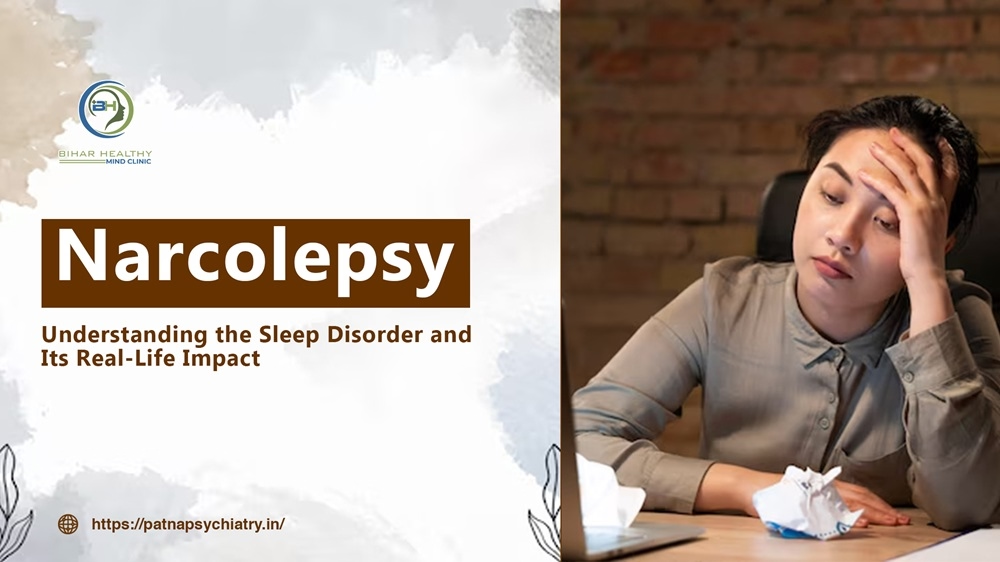

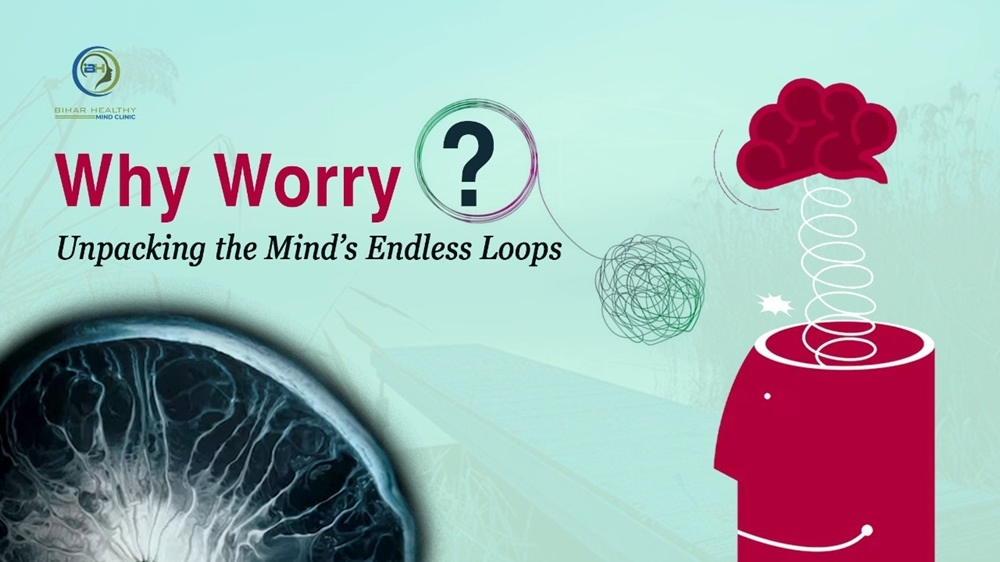
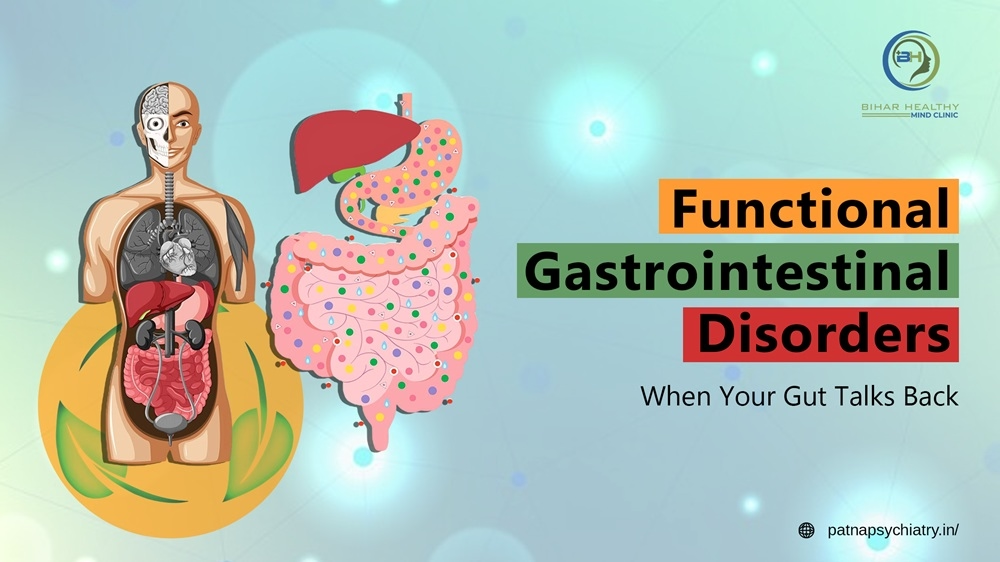
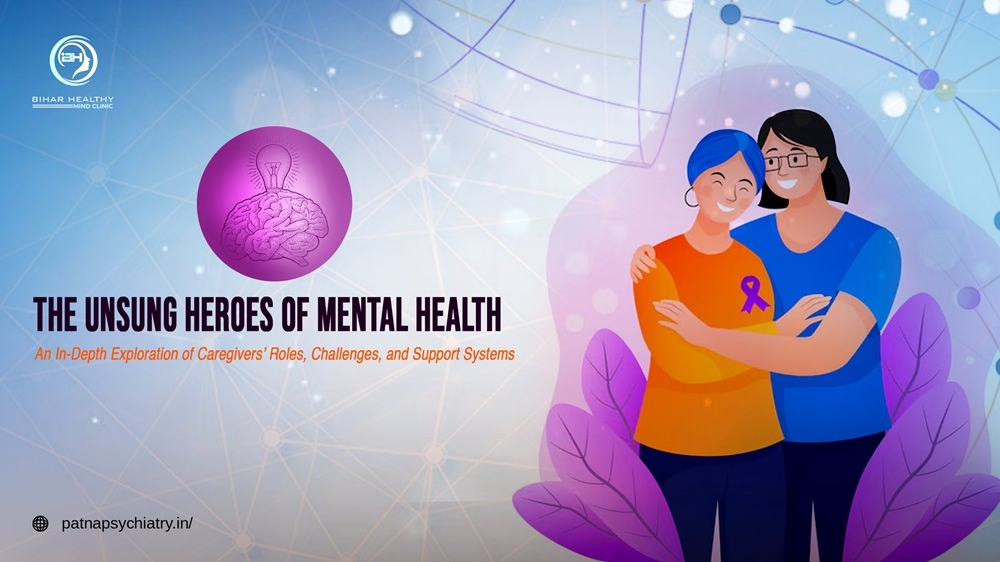
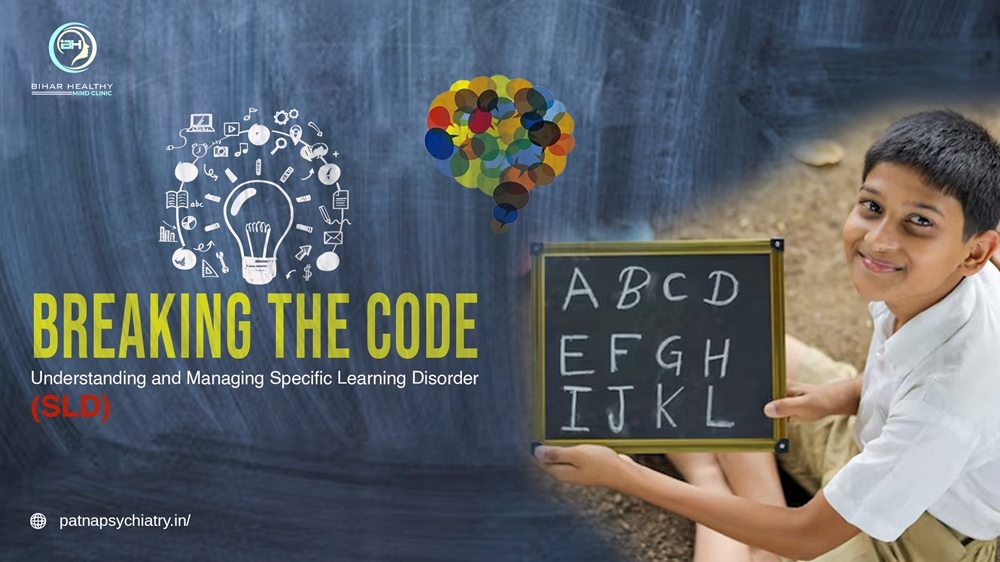
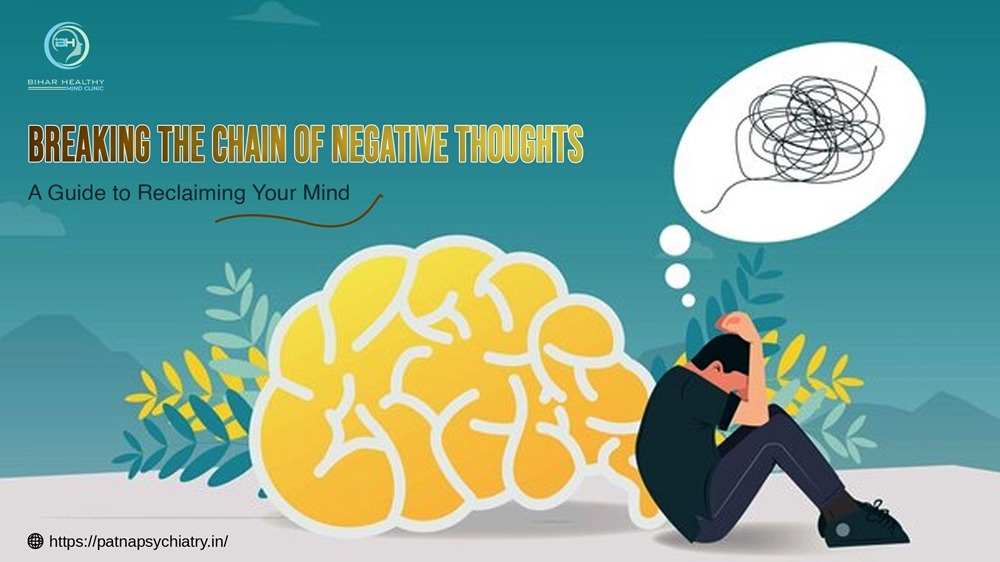
No comments yet. Be the first to comment!